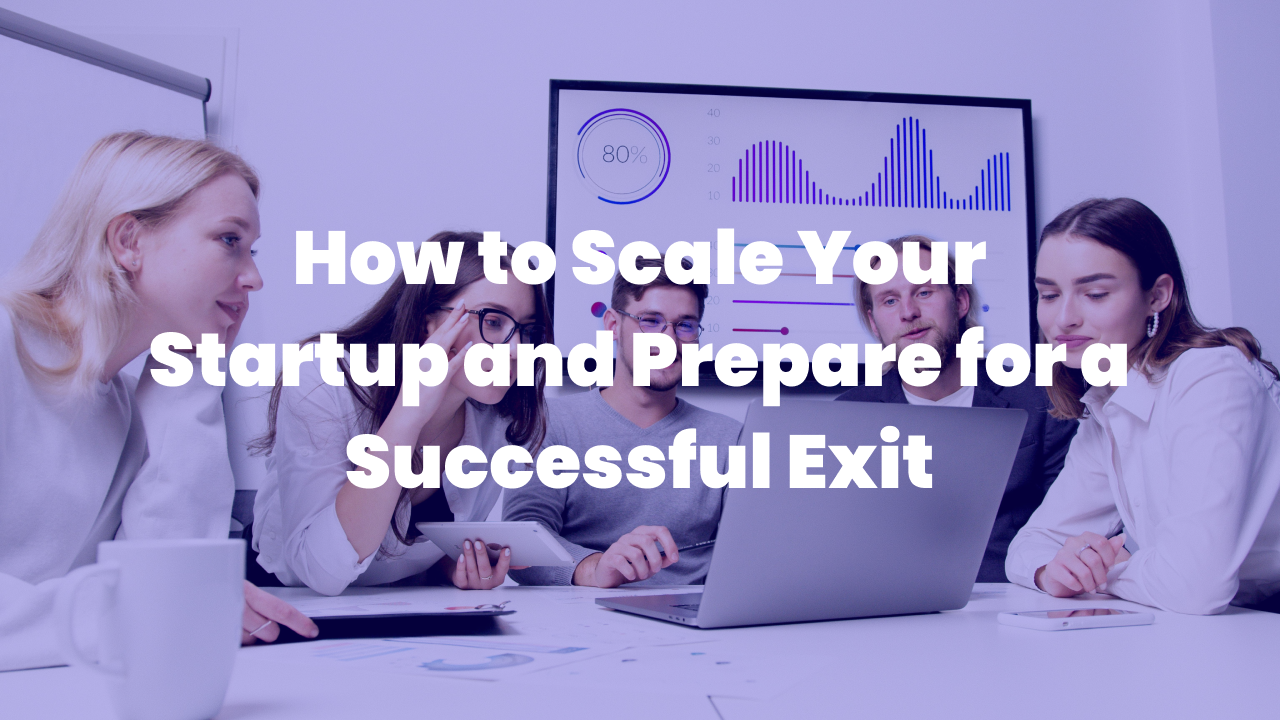How to Scale Your Startup and Prepare for a Successful Exit
Oct 28, 2024
Scaling a startup successfully requires more than just a great idea—it involves strategic planning, targeted market approaches, and optimized sales channels. For founders looking to achieve sustainable growth, attract angel investors, or even plan for an exit, developing the right approach is essential. Here’s a guide to scaling your business, with strategies rooted in Product-Led Growth (PLG), identifying your Ideal Customer Profile (ICP), refining Go-to-Market (GTM) strategies, and implementing effective outbound and inbound sales tactics. Ready to get started? Take our free course on startup scaling!
1. Product-Led Growth (PLG): Drive Organic Expansion
PLG enables your product to become the primary driver of growth. With a strong focus on user experience, you can encourage product adoption, retention, and referrals naturally. A PLG strategy is key for startups wanting to scale efficiently while maximizing the product’s inherent value. In our free course, we cover how to build a growth engine driven by PLG principles.
2. Ideal Customer Profile (ICP): Target the Right Market
Knowing your Ideal Customer Profile (ICP) is foundational to reaching the right audience. An ICP guides marketing, sales, and product development efforts toward customers who are most likely to benefit from and invest in your product. Identifying this profile early is essential to scaling efficiently and securing investors who understand the market fit of your product.
3. Go-to-Market (GTM) Strategy: Plan Your Entry for Success
A well-crafted GTM strategy aligns your ICP with clear market positioning and messaging. By developing a GTM strategy, you’re setting up a roadmap that integrates your PLG model with targeted outreach, creating an optimal launch and scaling trajectory. In our free course, we break down how to develop a GTM plan that aligns with your unique business goals and market.
4. Outbound Sales Strategy: Expand Your Reach
Outbound sales strategies allow you to reach high-value customers proactively. Building a B2B outbound approach ensures that enterprise clients and larger accounts are within reach, providing a stable path for scaling. A balanced approach that leverages outbound tactics can be essential for businesses looking to scale fast and prepare for future funding.
5. Inbound Marketing Strategy: Automate Your Lead Generation
Inbound strategies create a steady flow of qualified leads by leveraging content, SEO, and automation tools to bring interested prospects directly to you. An inbound approach helps streamline customer acquisition, allowing you to focus on nurturing those leads into loyal customers. In our free course, you’ll learn how to build an inbound lead generation machine that fuels your pipeline consistently.
Funding and Preparing for an Exit
Securing angel investment or preparing for an exit takes a strategic approach. Angel investors look for businesses with a clear growth model, scalable operations, and a defined market fit. By establishing robust PLG, GTM, outbound, and inbound strategies, you set up your business to attract funding and build towards a profitable exit.
Ready to scale your startup?
Our free course, How to Scale a Startup: What It Takes, dives deep into these essential growth strategies. Enroll today to learn how to take your startup to the next level, attract investors, and prepare for sustainable success.






